Home>Gardening & Outdoor>Outdoor Structures>How Far Should A Tool Shed Be From A Fence Line
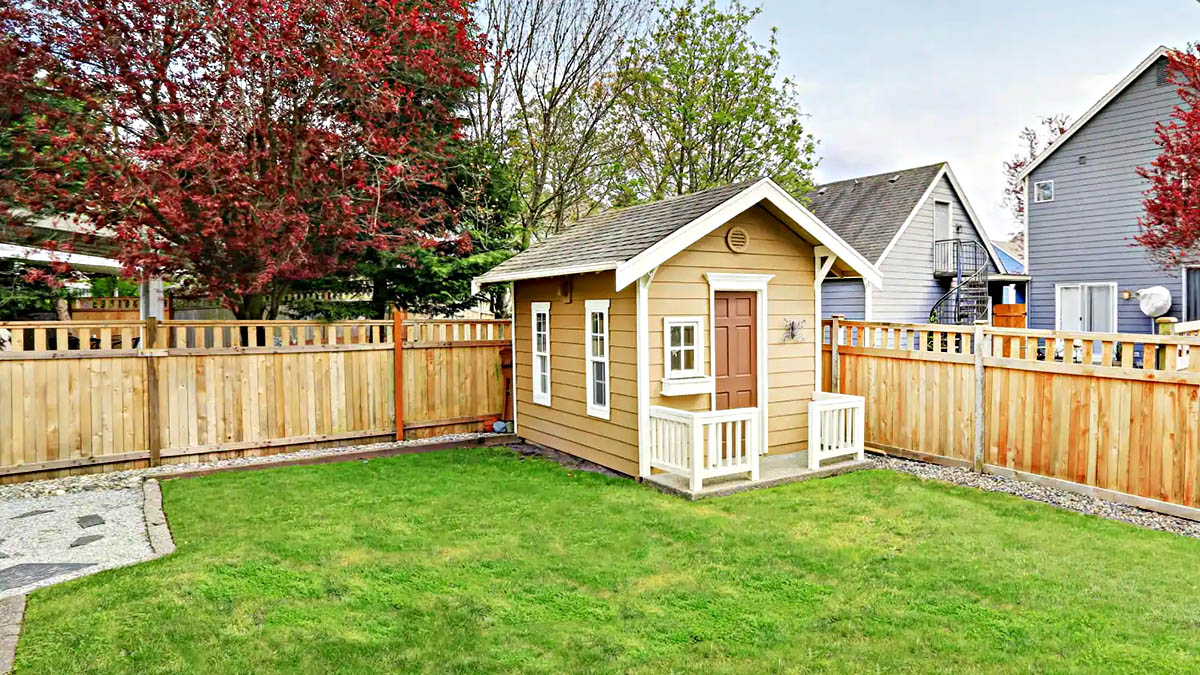

Outdoor Structures
How Far Should A Tool Shed Be From A Fence Line
Published: December 21, 2023
Discover the ideal distance for placing your outdoor structures. Learn how far a tool shed should be from a fence line for optimal placement. Find expert tips and advice.
(Many of the links in this article redirect to a specific reviewed product. Your purchase of these products through affiliate links helps to generate commission for Storables.com, at no extra cost. Learn more)
Introduction
When it comes to adding a tool shed to your property, one of the key decisions you'll need to make is where to place it. The distance between the tool shed and the fence line is a critical factor that can impact both the functionality and aesthetics of your outdoor space. In this article, we'll explore the considerations and potential issues associated with the placement of a tool shed in relation to the fence line. Whether you're a seasoned DIY enthusiast or a first-time homeowner, understanding the best practices for situating a tool shed can help you make informed decisions that align with local regulations and enhance the overall appeal of your property. Let's delve into the crucial factors that should guide your decision-making process.
Key Takeaways:
- Check local regulations before placing a tool shed near a fence. Consider accessibility, sunlight, and drainage to optimize functionality and aesthetics while respecting neighbors and regulations.
- Avoid placing a tool shed too close to a fence to prevent restricted access, ventilation issues, and potential legal complications. Balance practicality and regulations for an appealing outdoor space.
Local Building Codes and Regulations
Before determining the distance between your tool shed and the fence line, it's essential to familiarize yourself with the local building codes and regulations in your area. These guidelines are put in place to ensure safety, structural integrity, and neighborhood aesthetics. Depending on your location, there may be specific requirements regarding the placement of outbuildings in relation to property lines, including fences.
Local zoning ordinances and building codes typically dictate the minimum distance that a tool shed must maintain from the property line or fence. This distance is often referred to as a setback. The setback requirements can vary significantly from one jurisdiction to another, so it's crucial to consult the relevant authorities or obtain a copy of the local building code. By adhering to these regulations, you can avoid potential legal issues and ensure that your tool shed is constructed in compliance with the law.
Furthermore, some areas may have additional restrictions on the size, height, and appearance of outbuildings. For instance, there might be limitations on the maximum height of a tool shed or specific design guidelines to preserve the visual harmony of the neighborhood. By familiarizing yourself with these regulations early in the planning process, you can proactively address any potential compliance issues and streamline the approval process for your tool shed project.
Considerations for Placement
When determining the ideal placement of a tool shed in relation to the fence line, several factors should be taken into account to optimize both functionality and aesthetics.
- Accessibility: Consider placing the tool shed in a location that provides convenient access to your tools and equipment. This can minimize the time and effort required to retrieve items when working on outdoor projects.
- Sunlight Exposure: Assess the sun’s path throughout the day to identify a location that allows sufficient natural light into the tool shed. Adequate sunlight can help prevent dampness and maintain a favorable environment for stored items.
- Landscaping and Visual Appeal: Evaluate how the placement of the tool shed will complement the overall landscaping and visual appeal of your property. Strategic placement can enhance the aesthetic balance and create a harmonious outdoor environment.
- Utility Lines and Underground Utilities: Before finalizing the placement, verify the location of underground utilities and ensure that the placement adheres to any utility easements or restrictions.
- Drainage and Water Runoff: Take into consideration the natural drainage patterns on your property to avoid placing the tool shed in an area prone to water accumulation or runoff.
- Neighbor Relations: Respect your neighbors’ property and privacy by considering how the placement of the tool shed may impact their views and access to sunlight.
By carefully evaluating these considerations, you can make an informed decision that maximizes the functionality and visual appeal of your tool shed while respecting the surrounding environment and adhering to local regulations.
A tool shed should be at least 2 feet away from a fence line to allow for maintenance and prevent damage to the fence. Always check local building codes for specific requirements.
Potential Issues with Close Placement
Opting for a tool shed placement that is too close to the fence line can lead to a range of potential issues that may impact both the functionality of the shed and the surrounding area.
One of the primary concerns with close placement is restricted access. Placing the tool shed too close to the fence line can limit your ability to perform maintenance tasks, such as painting or repairs, on the sides facing the fence. This can result in deteriorating aesthetics and hinder the overall upkeep of the shed.
Additionally, close placement may impede airflow and sunlight exposure to the shed, potentially creating a damp environment that is conducive to mold and mildew growth. Inadequate airflow can also contribute to poor ventilation, affecting the condition of tools and equipment stored inside the shed.
Another issue to consider is the potential impact on the fence itself. Close proximity between the tool shed and the fence can make it challenging to address maintenance needs for the fence, such as repairs or painting. Furthermore, the shadow cast by the tool shed in close proximity to the fence may affect the growth of vegetation along the fence line, impacting the overall landscaping aesthetics.
In some cases, local building codes and regulations may explicitly prohibit or restrict placing structures, including tool sheds, too close to property lines or fences. Failing to comply with these requirements can result in costly fines and legal complications.
Lastly, close placement of a tool shed near the fence line may impact the visual balance and flow of your outdoor space, especially if it disrupts the overall landscaping design or obstructs sightlines within the property.
By carefully considering these potential issues, you can make an informed decision regarding the placement of your tool shed, ensuring that it aligns with both practical considerations and regulatory requirements while enhancing the overall appeal of your outdoor space.
Conclusion
When determining how far a tool shed should be from a fence line, it’s essential to consider a myriad of factors, including local building codes, practical considerations, and potential issues associated with close placement. By familiarizing yourself with the relevant regulations and taking into account accessibility, sunlight exposure, landscaping, utility lines, drainage, and neighbor relations, you can make an informed decision that optimizes the functionality and visual appeal of your tool shed while respecting the surrounding environment.
Striking the right balance between proximity to the fence line and practical functionality is crucial. While close placement may lead to restricted access, ventilation issues, and potential regulatory non-compliance, excessive distance from the fence line can underutilize available space and disrupt the overall flow of your outdoor environment. By carefully weighing these considerations, you can make an informed decision that aligns with both regulatory requirements and your specific needs.
Ultimately, the placement of your tool shed should contribute to the overall harmony and functionality of your outdoor space, complementing the existing landscape while adhering to local regulations. By approaching this decision thoughtfully and proactively, you can create a space that not only meets your practical needs but also enhances the visual appeal and cohesiveness of your property.
Whether you’re embarking on a new tool shed project or reassessing the placement of an existing structure, thoughtful consideration of the distance from the fence line can lead to a more functional, visually appealing, and compliant outdoor environment.
Frequently Asked Questions about How Far Should A Tool Shed Be From A Fence Line
Was this page helpful?
At Storables.com, we guarantee accurate and reliable information. Our content, validated by Expert Board Contributors, is crafted following stringent Editorial Policies. We're committed to providing you with well-researched, expert-backed insights for all your informational needs.
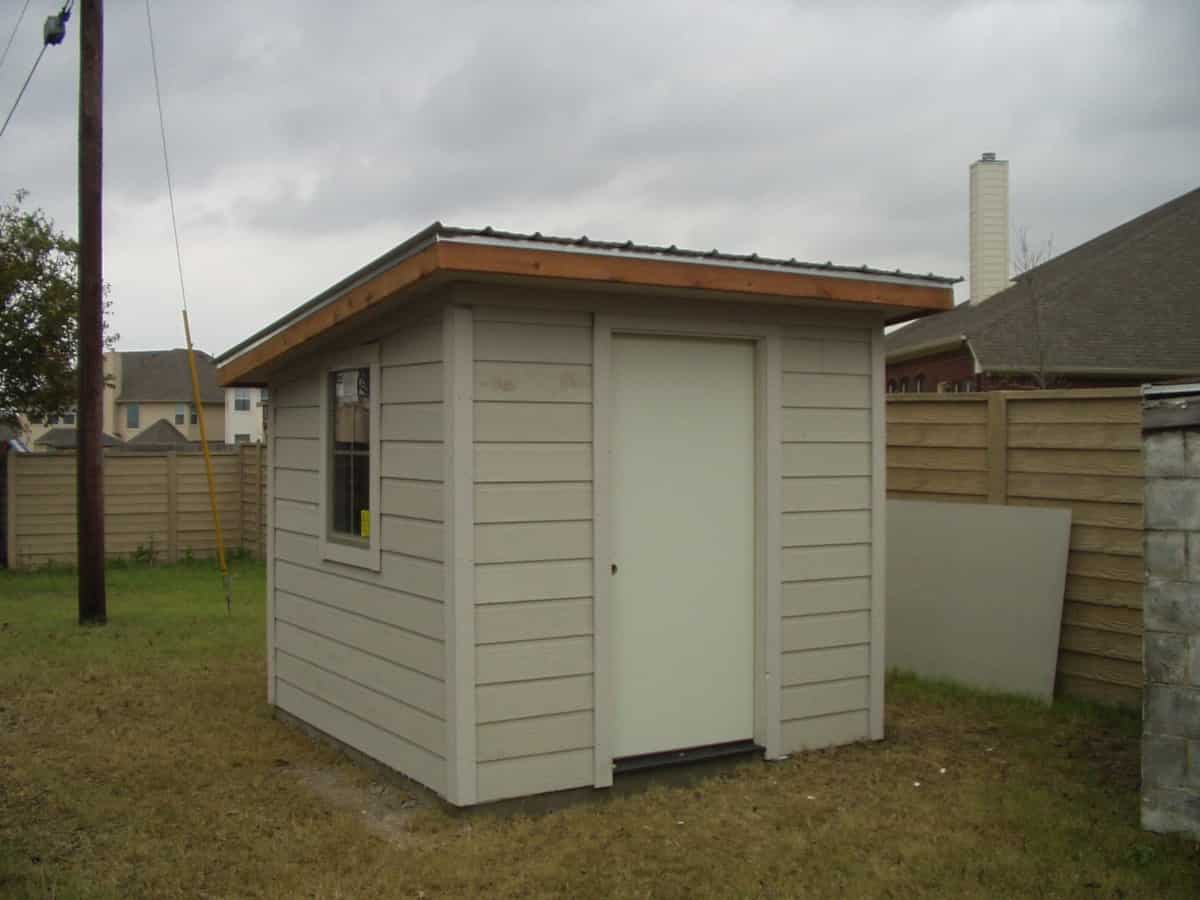
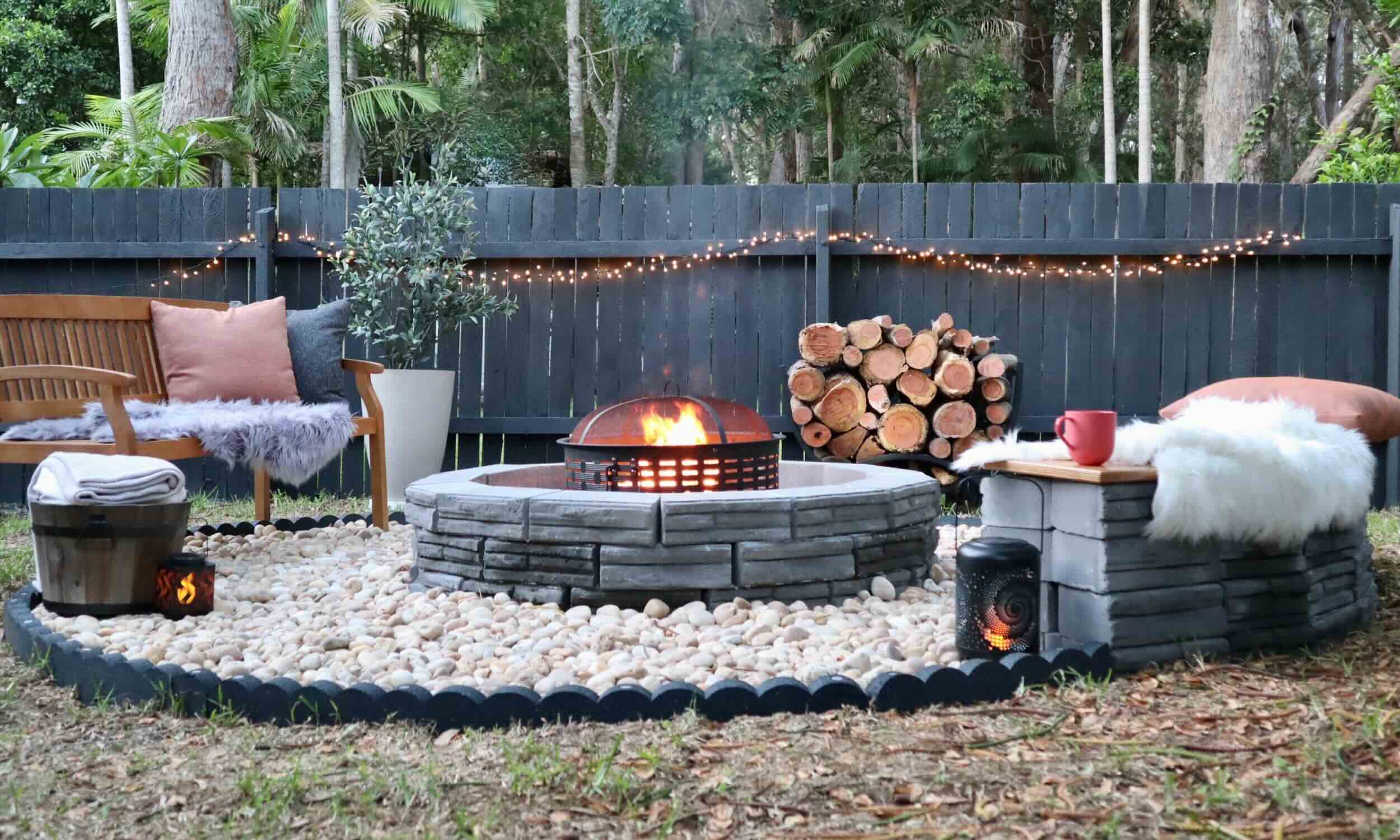
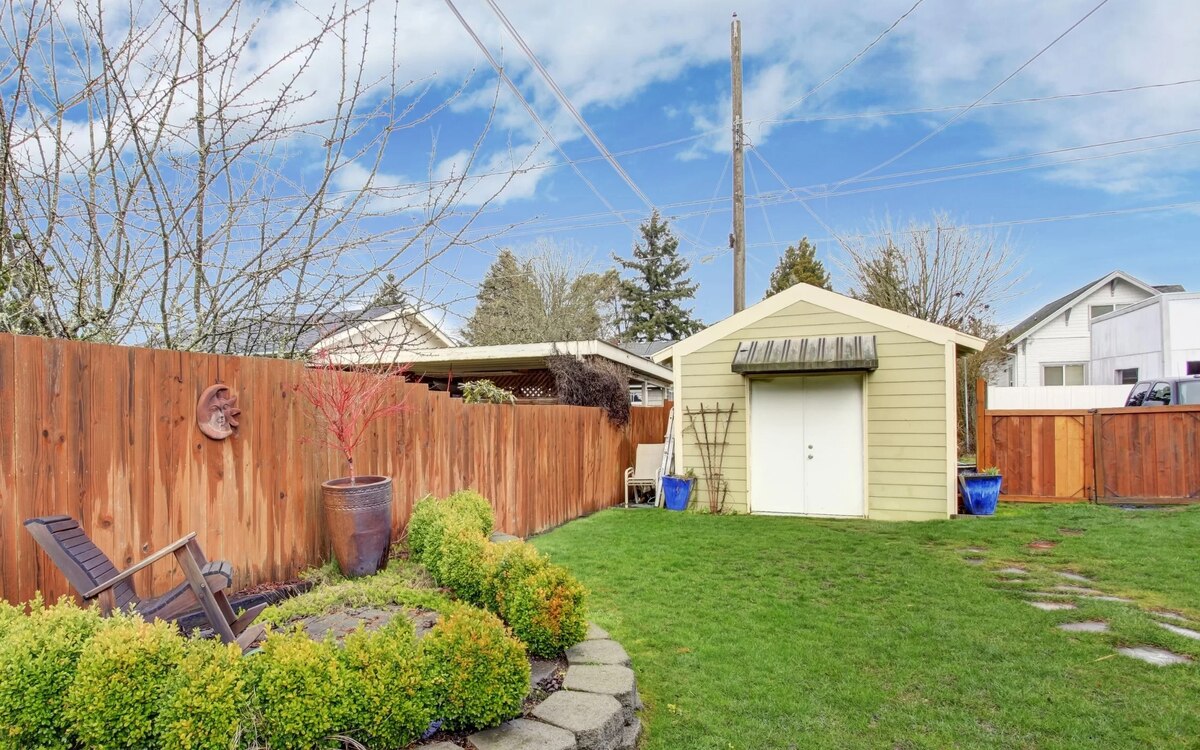
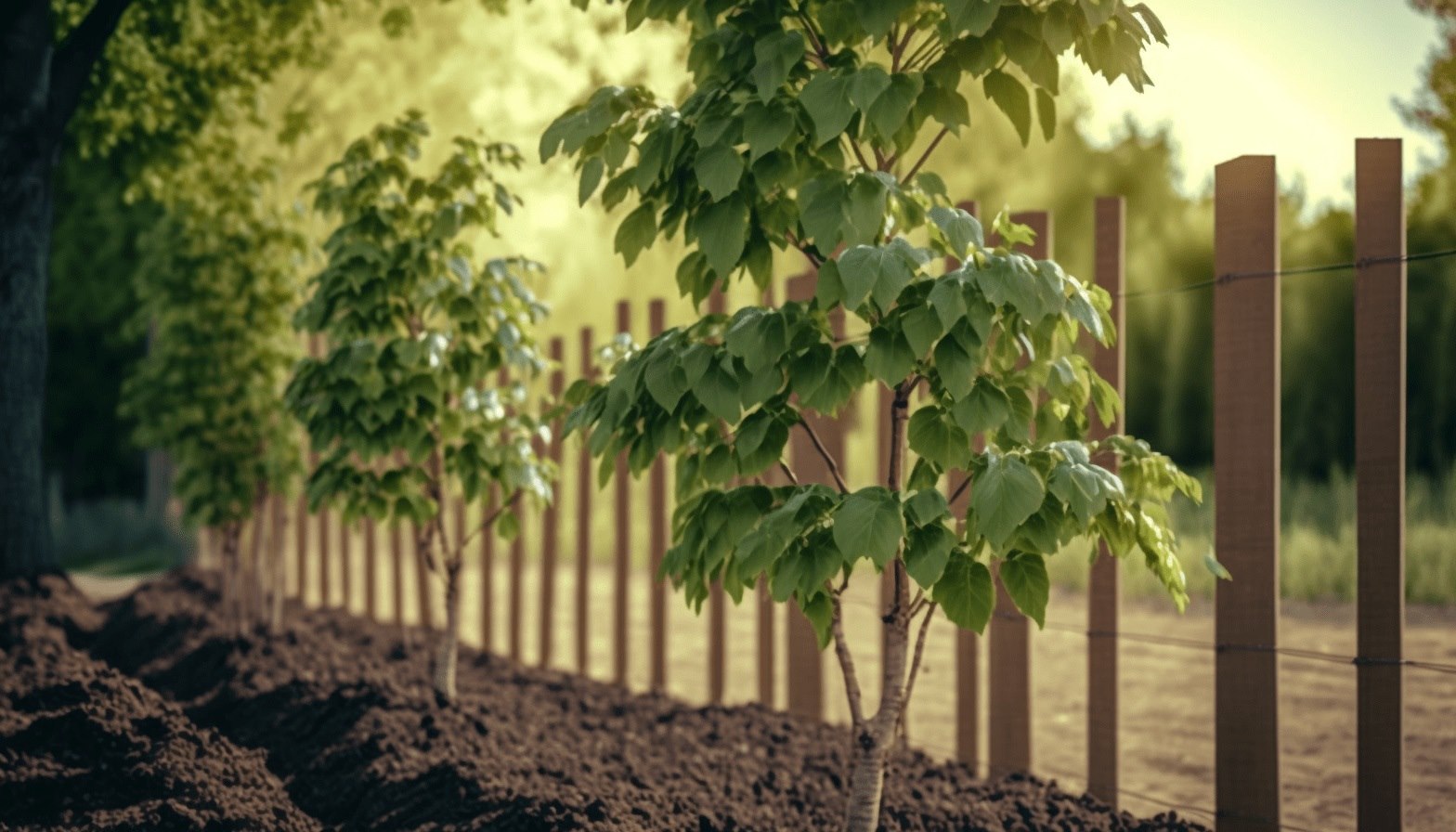
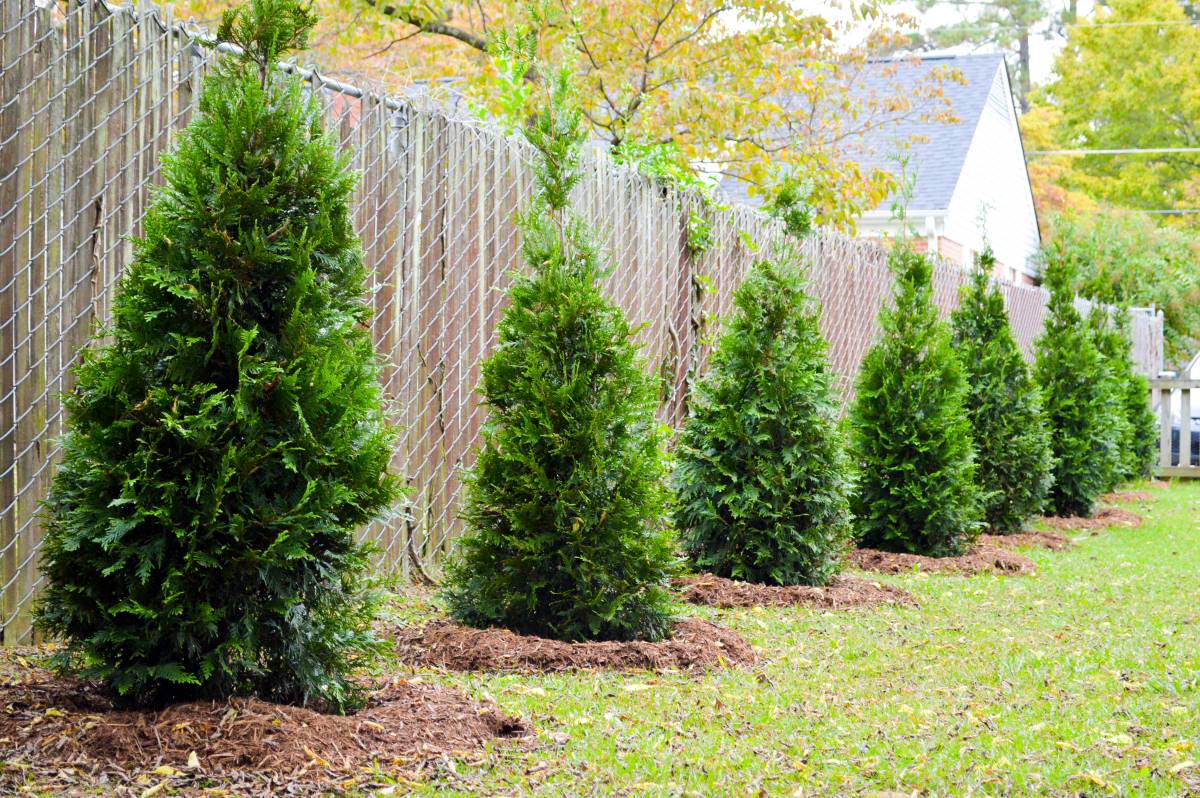
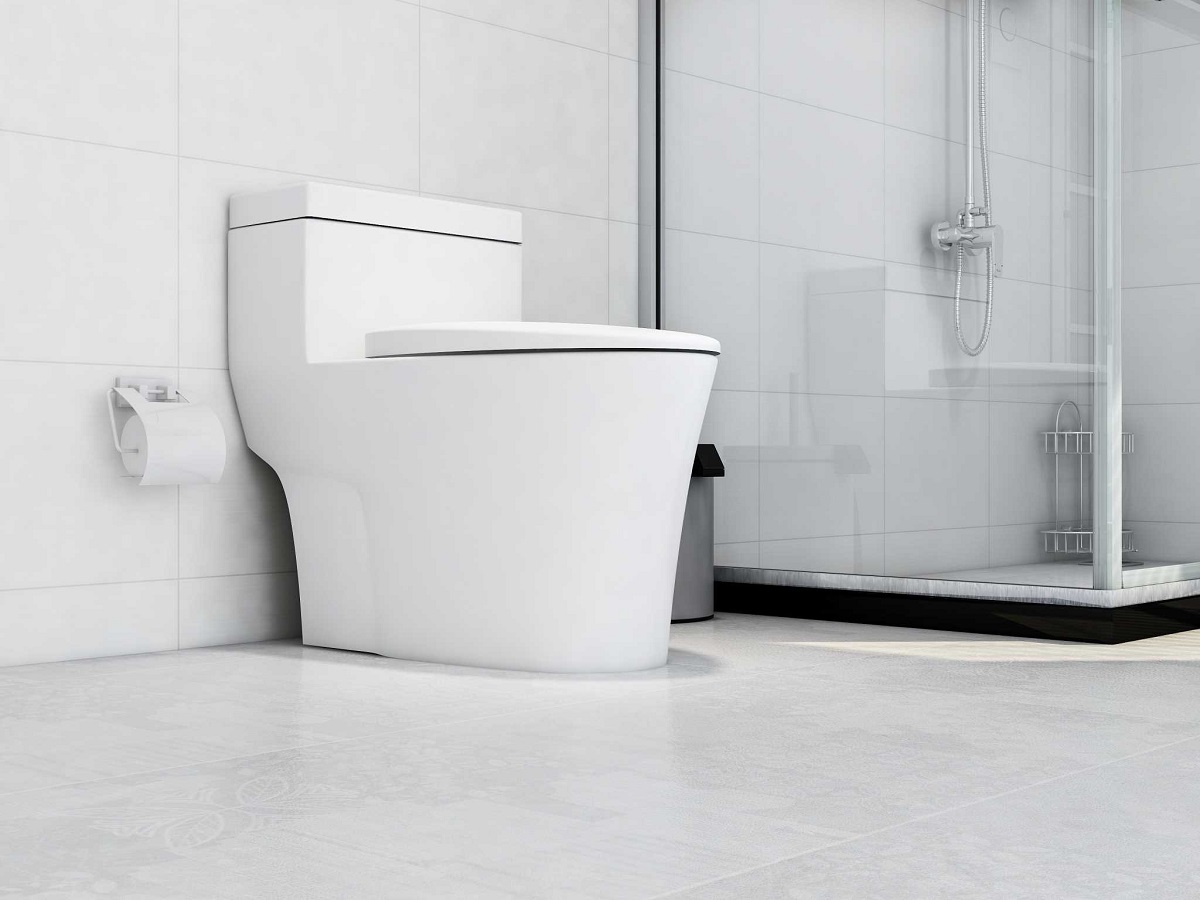
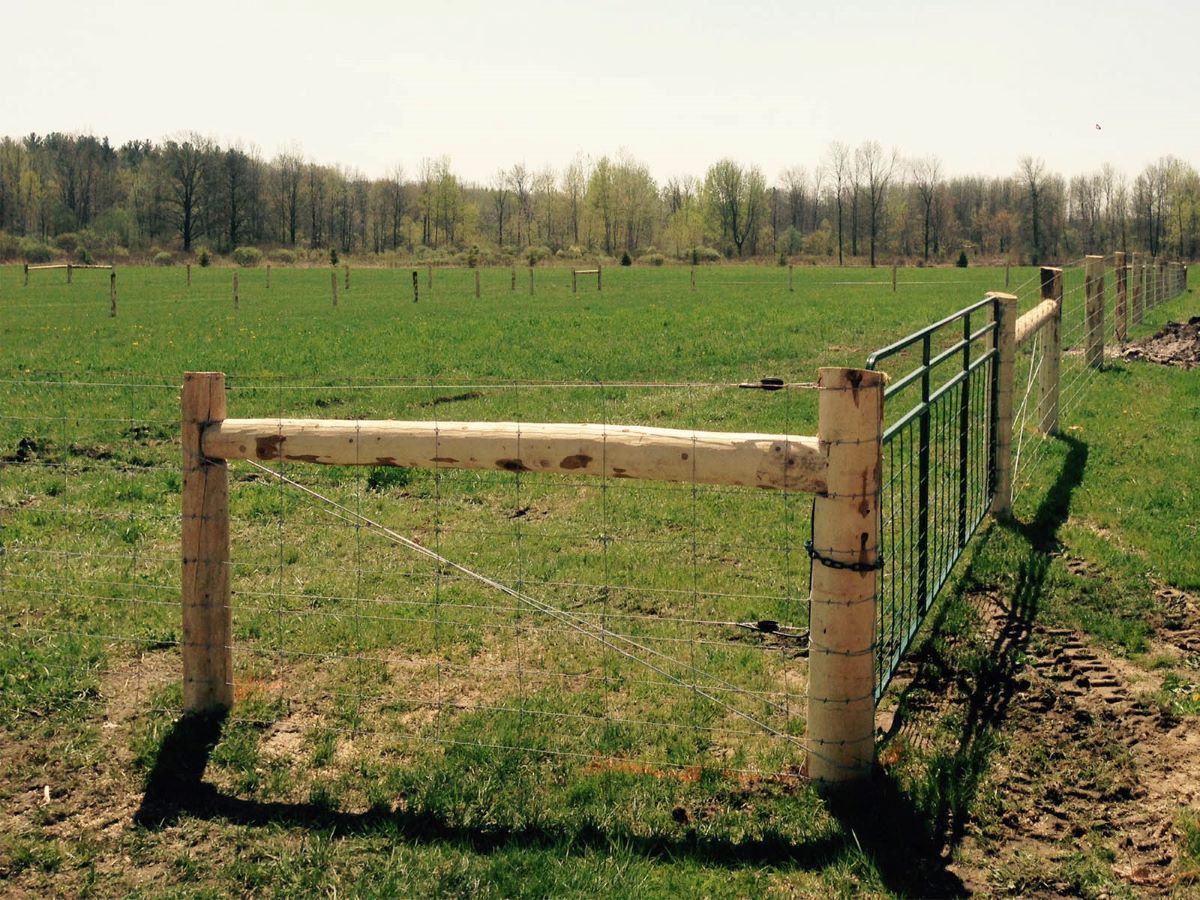

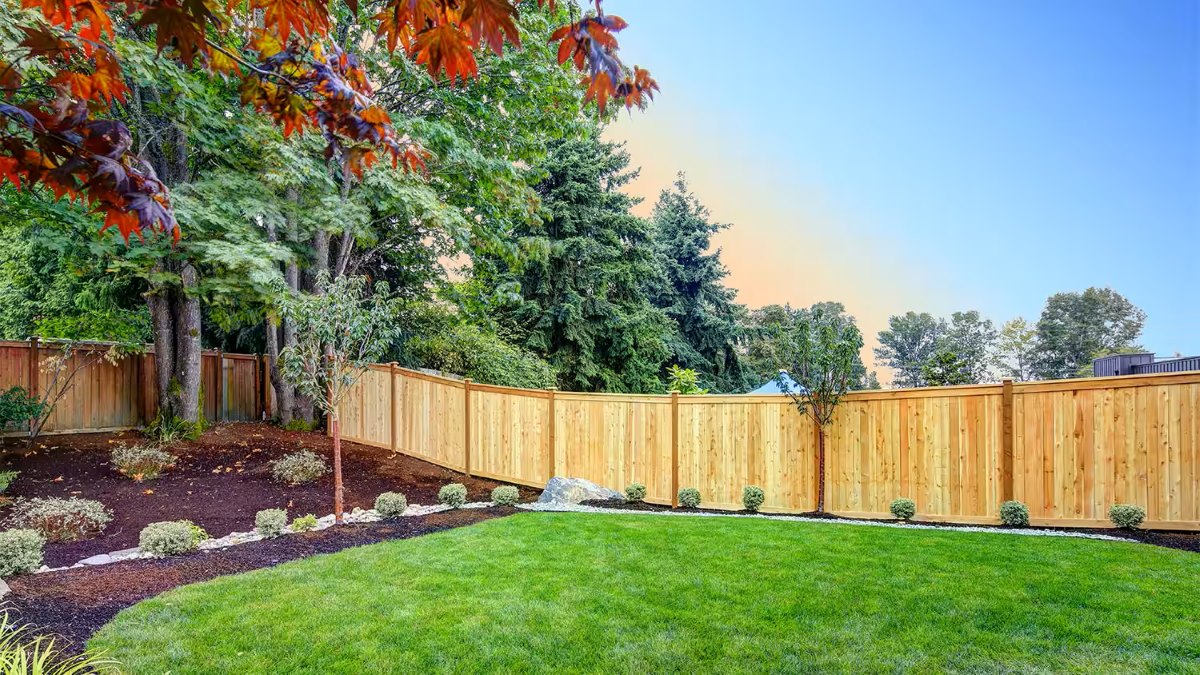
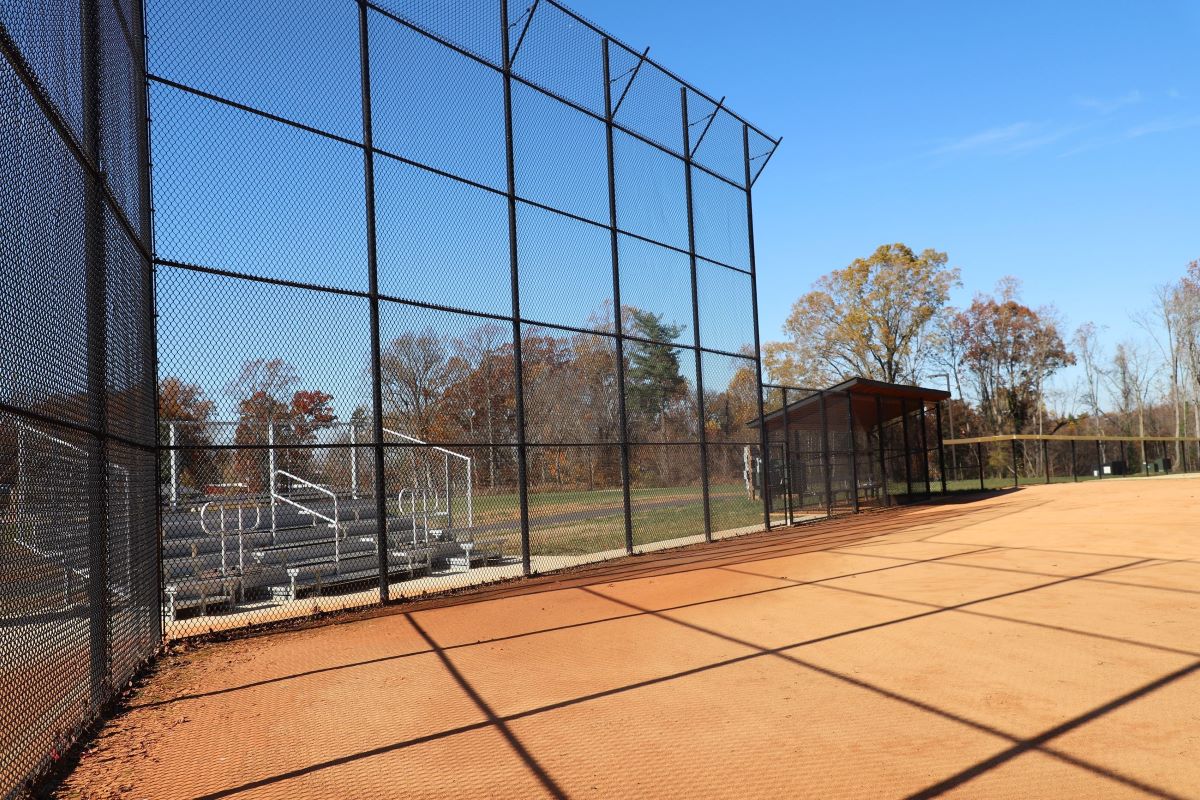

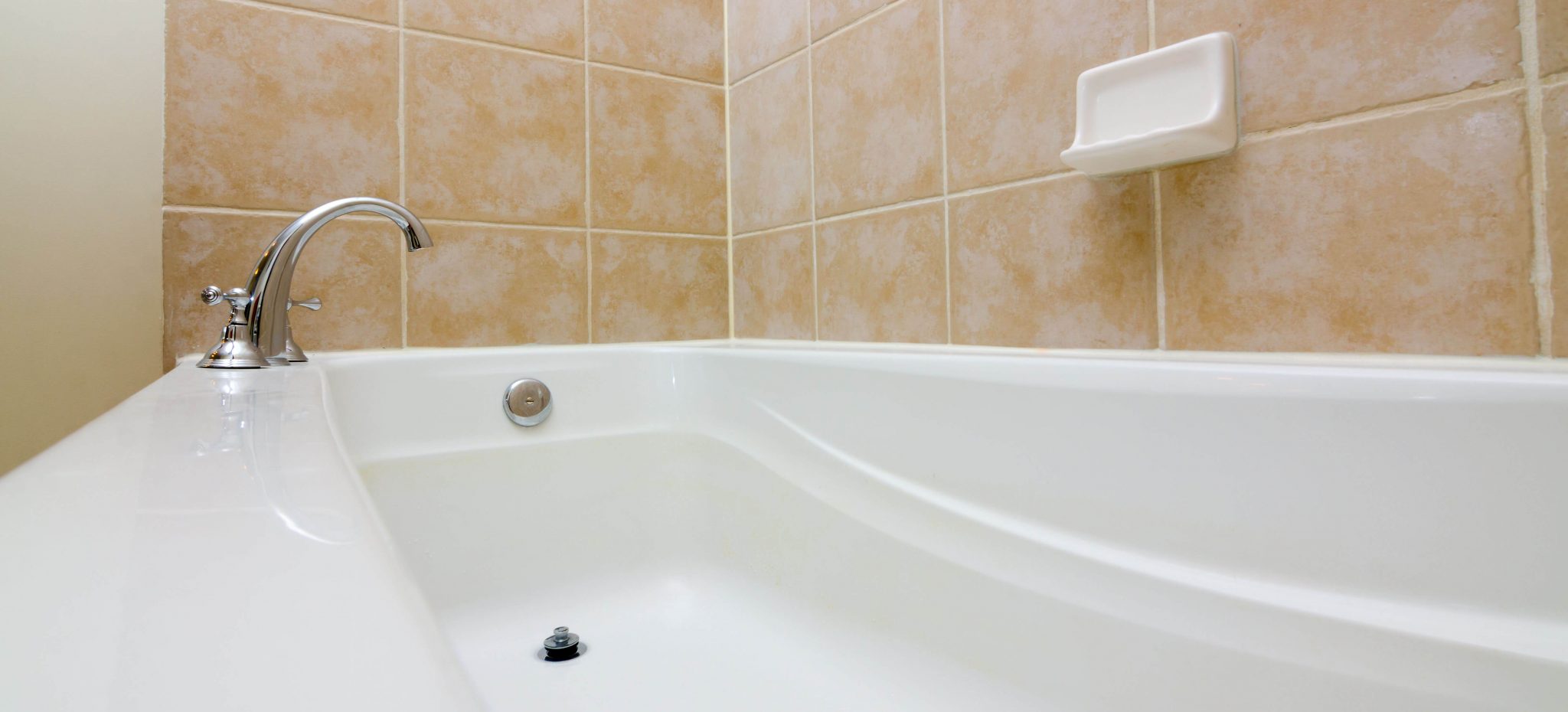

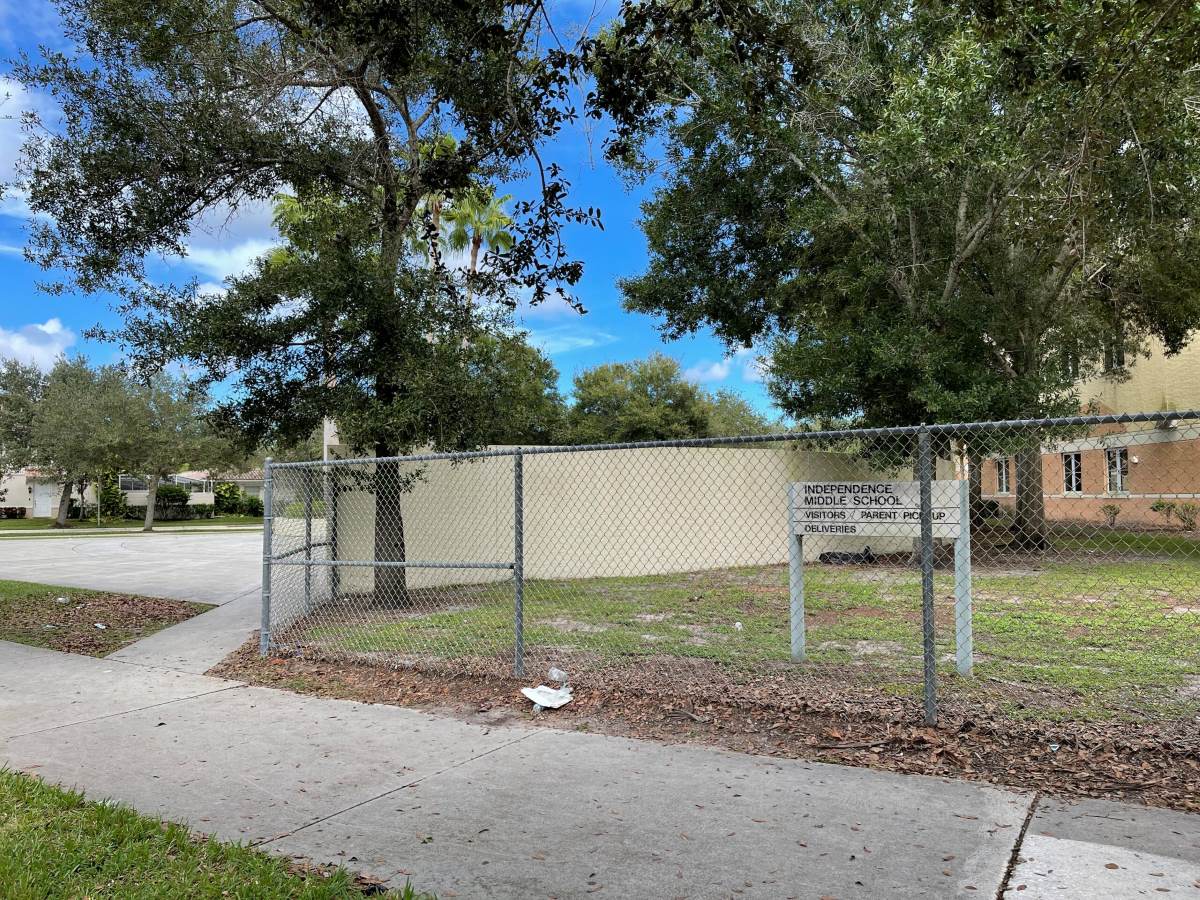
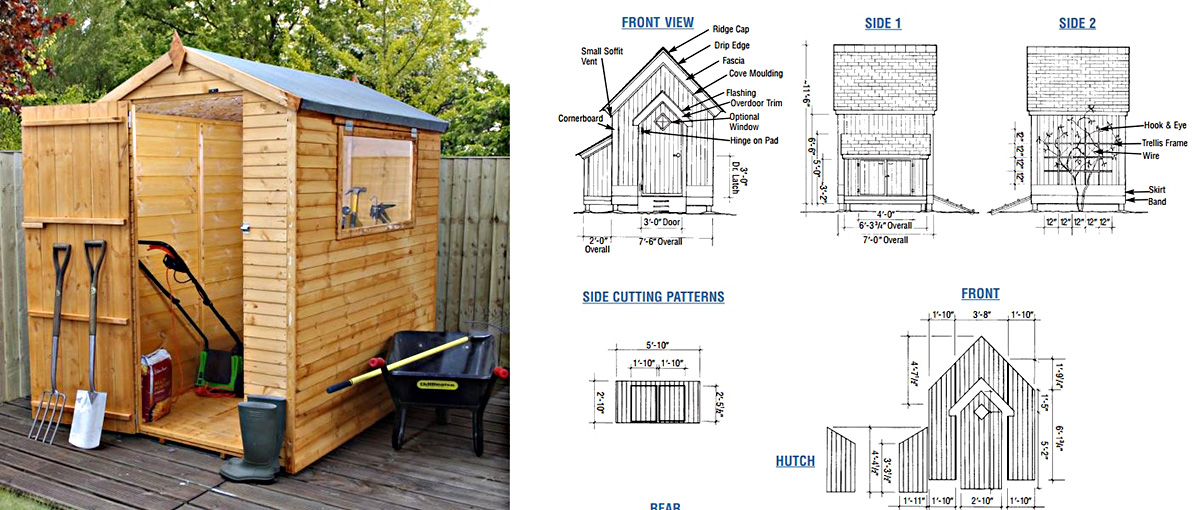

0 thoughts on “How Far Should A Tool Shed Be From A Fence Line”